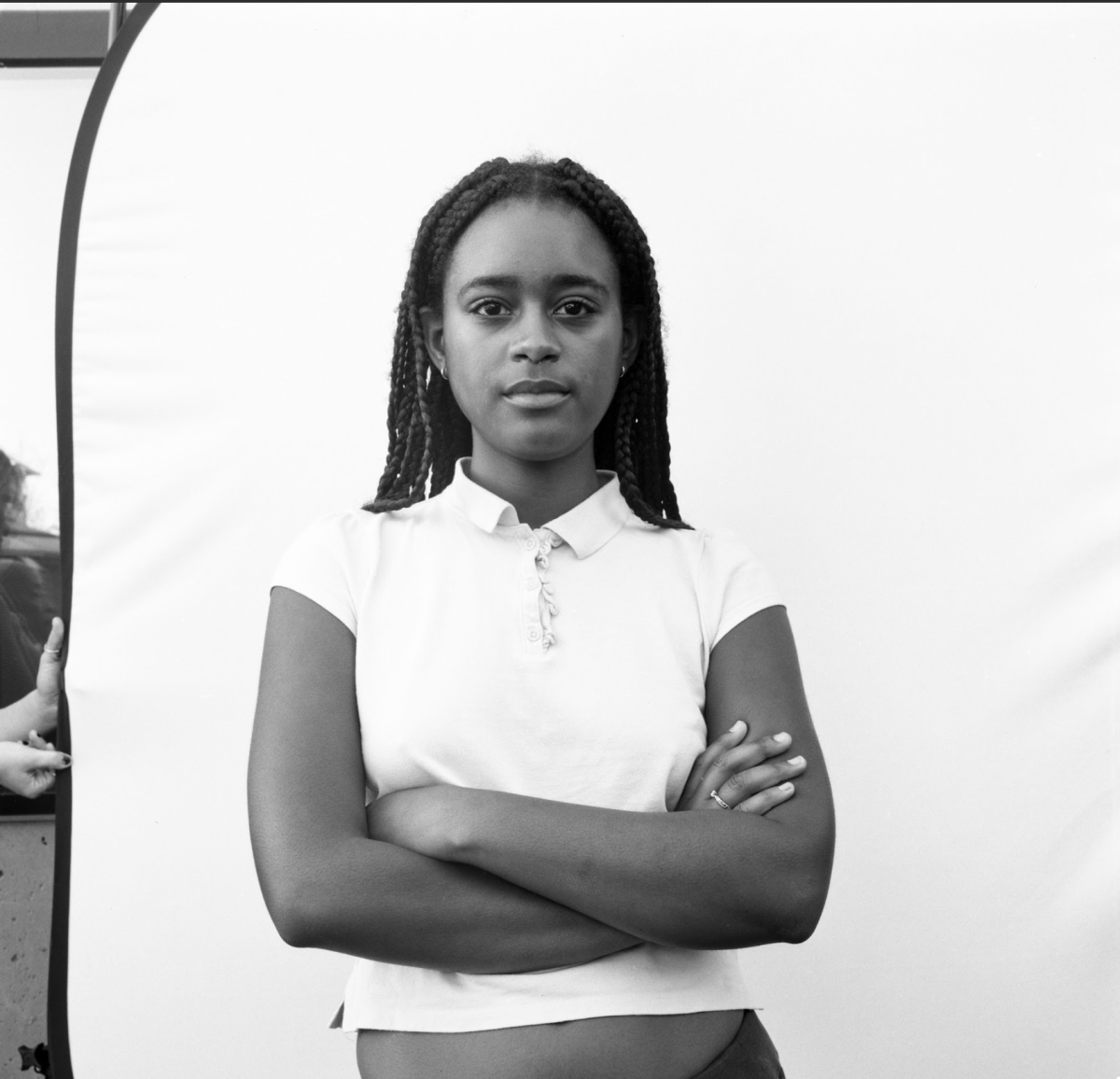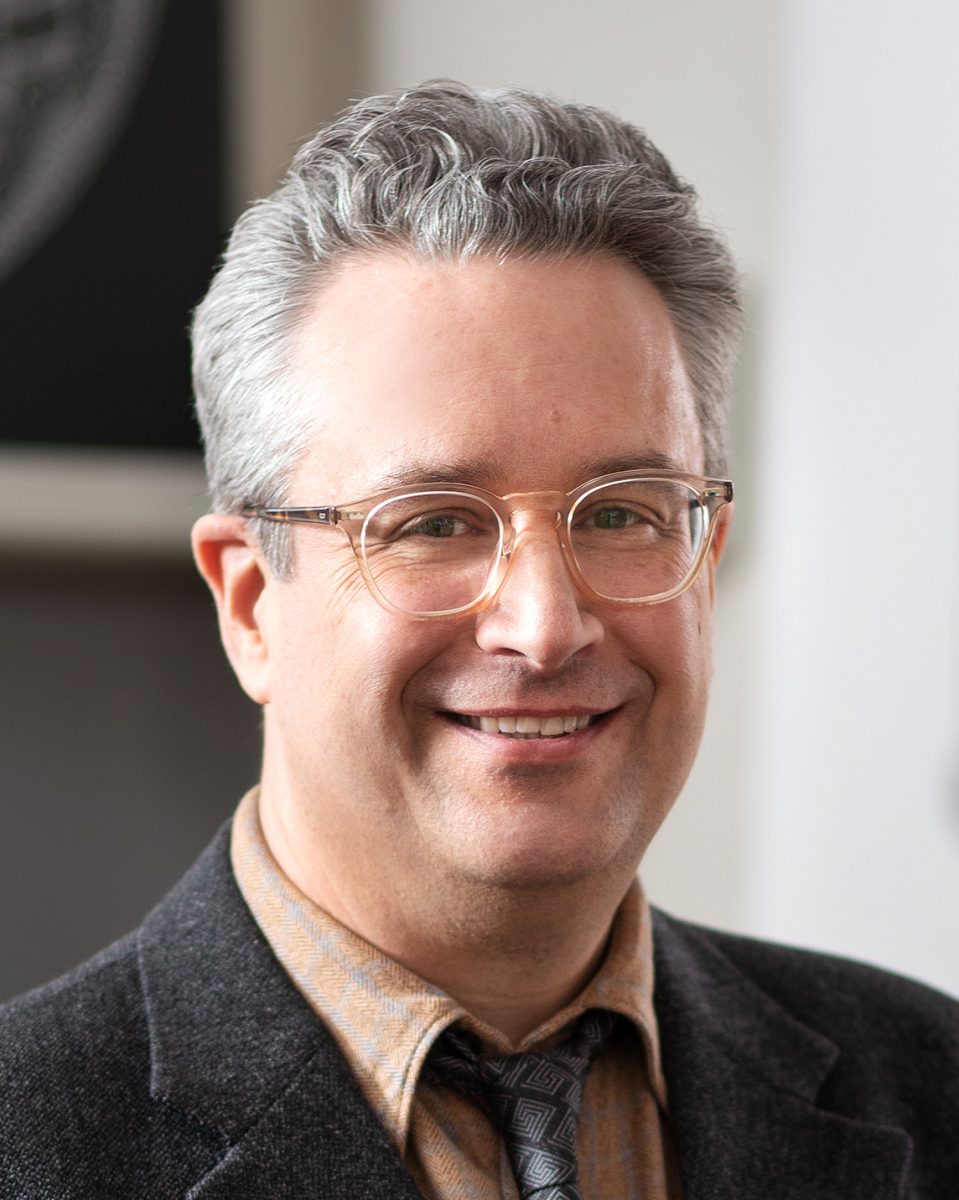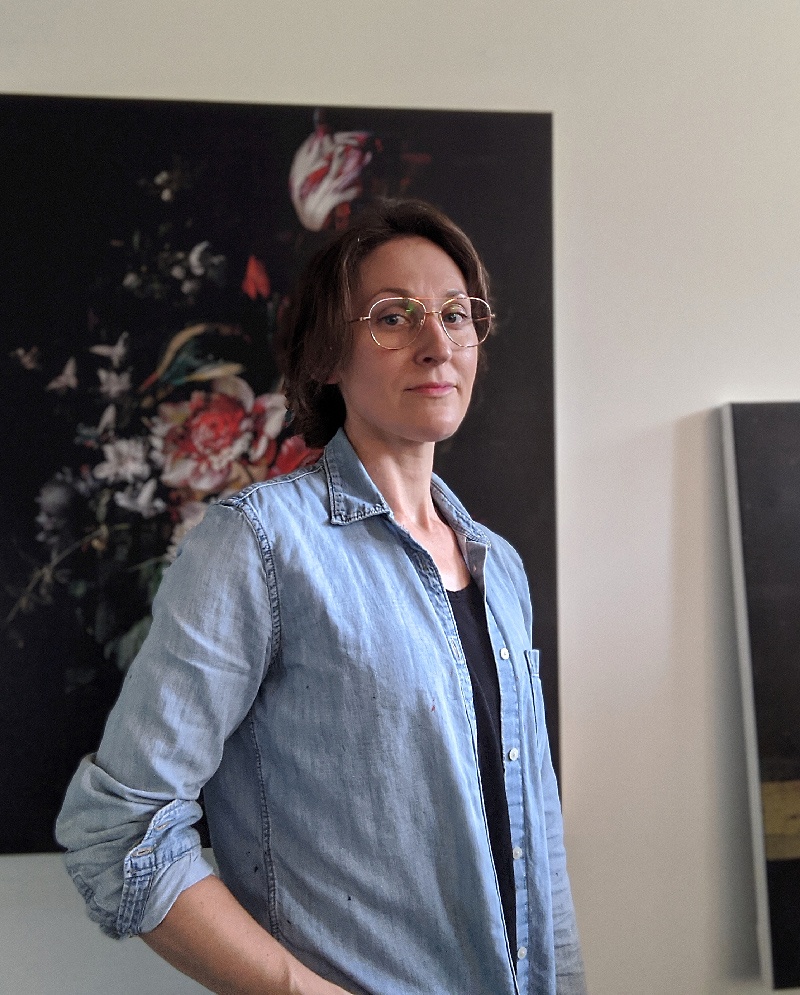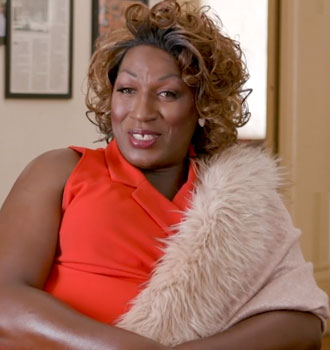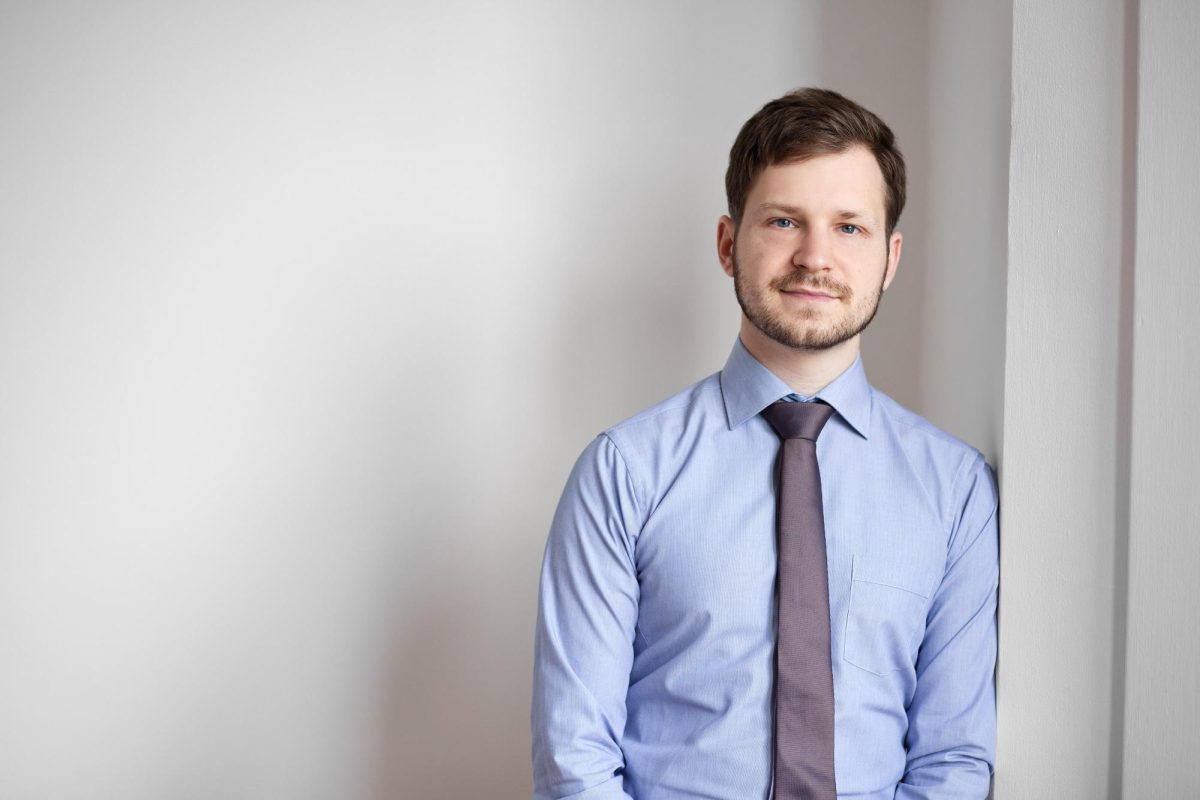Skye Jalal, a College fourth-year and a Mellon Mays Undergraduate Fellow majoring in Art History and Studio Art, has been awarded a Thomas J. Watson Fellowship, which will support her project exploring land relationships for people of the African diaspora in Ghana, Kenya, Ecuador, and Mexico in the coming year. Jalal’s current work explores Black spiritual life and subjectivity in conversation with property law and natural landscapes. She has shown work at the Fisher Gallery and the Richard D. Baron ’64 Gallery.
This interview has been edited for length and clarity.
Can you tell me about the research you will be pursuing with the Thomas J. Watson Fellowship?
I’m studying how the rupture of the diaspora impacts how people with relationships to Africa relate to land. I’m approaching it from a few different perspectives. I’m interested in how African-American people relate to both the land of America and the land of Africa and how diaspora impacts or creates a dissociation between themselves and both spaces. So, I’m traveling to Africa and working with genealogy centers that work with African-American people, helping trace their ancestry to the continent of Africa. I’m really interested in how people conceive of genealogy through land and their motivations to participate in programs like that. I’m doing a series of farm stays throughout my time. I’m working with African-American expat farmers and then African-born farmers who have also experienced different forms of displacement even within the continent of Africa. I’m just thinking about how Black farmers conceive of land and their relationships to it and how diaspora relates to a conversation surrounding indigeneity.
What inspired you to pursue this topic, and how long have you been thinking about it?
Over the summer, I was at this artist residency called “The Cookout” at the Hambidge Center. For the past couple of years around the weeks of Juneteenth, Hambidge — which hosts a variety of artists of different disciplines — clears out all the other residents and invites a group of Black ceramicists who bring some work to fire in a wood-fired kiln. They spend around a week wood firing. I got to participate in the wood firing this summer, and it was a very emotional and intense experience. When you’re doing wood firing, the kiln has to make a transition to 2,000 degrees in very specific temperature increments hour by hour. It takes three days in order for that to happen. They timed it so that the kiln got to the goal temperature at midnight on the day of Juneteenth, and so it was this really intense crescendo. It was also intergenerational. I was the youngest person there by far, and it ranged up to Black ceramicists in their 80s who’ve been working their entire careers. Hambidge curated a space with a really specific group of people with one shared intention who were all Black and uninterrupted in this natural environment. It was in North Georgia on around 600 acres of land in the forest. I was thinking about how rare that type of relationship to land is for Black people — that sense of safety, community, and vulnerability. That was what I was thinking about in terms of framing the questions that I’ll be exploring next year.
What are some of those questions?
I’m interested in how the African diaspora complicates the framework of indigeneity. I’m interested in how African-American people relate both to the land that they live on in America and also how they conceive of and relate to the continent of Africa. One of the partners that I’m working with works in a genealogy research center called spanDNA. They talk about how a lot of African-American people feel an intense motivation to trace their ancestry back to the continent of Africa, and a lot of times that sentiment isn’t shared in the same way by African-born people. The partner was talking about how a lot of times when African-Americans trace their ancestry, they find that they have enslaved ancestors who did cross the Atlantic. And so it often ruptures the way that they think about themselves and their homeland. I want to explore that general area of tension, nuance, and complication. I’m very interested in how environmental racism impacts Black farmers and complicates the ability to forge humanity affirming relationships to the land — both in rural settings, in terms of farming and agriculture, and also in urban settings.
Can you tell me about your research at Oberlin with Mellon Mays and how it informs your future research?
At Oberlin, I study the art and architectural histories of Black churches in Atlanta. I have been studying three churches in my neighborhood back at home that were all originally constructed by a segregationist white congregation back in the ’60s. It was a white neighborhood from the late 19th century into the late 1950s when it transitioned to a Black one, and it’s now gentrifying again. I was doing a lot of architectural research and art historical analysis of the different spatial frameworks that groups who have occupied these buildings over time have applied to the space, even though the actual structures of the buildings haven’t been altered much at all. I’ve been thinking a lot about Black geographies, spatial dynamics, and the violent histories under which many Black people build the relationships to their surrounding environments. That framework is something that I’m continuing to investigate in my future research.
How did you decide what countries you will be traveling to?
I wanted to spend time in Africa and South America. It’s just where the largest amount of Black people are outside of the U.S. I knew that I wanted to be in Ghana, specifically, because as part of Mellon Mays, I had been reading a lot of Saidiya Hartman, who’s a Black feminist scholar who wrote Lose Your Mother. It is this book where she talks about the experience of being an African American person who experienced a lot of violent racism as a child and a young adult, and I think she went to Ghana on Fulbright. She initially had this mental image of Ghana as being a very specific kind of homeland. She traveled there, and the longer that she spent in Ghana, the more she realized that her relationship to that land was a lot more complicated than she thought it would be. She specifically writes a lot about traveling to Elmina and slave castles on the coast of Ghana and spending time there.
Clearly, visual art is an important part of your work. Do you plan to incorporate it in some way into your future research?
I didn’t write it into my application for a variety of reasons. Photography is complicated, especially portrait photography, which is probably what I would have ended up writing an application about. Being an American and traveling into the countries that I’m traveling into, there’s a tense power dynamic between myself as a photographer and whoever would be my subject. But I think I’m starting now to work out more detailed plans with my partner organizations. The group that runs one of the genealogical research centers also runs Elmina Java Museum. We’ve been in discussion about me potentially doing a photography project and then having an exhibition at the museum. In that case, I would be doing some sort of photography project working with people who they work with, doing portrait work and potentially oral history, which would be drawing on some of the things that I’ve done with Mellon Mays in the past. I’m interested in exploring more of how my photography will relate to what I’m thinking about abroad.
What are you excited about for the coming years?
There’s so much that can be done and so much opportunity. I think it’s really exciting to be able to connect with a larger range of people in the future and to have a broader impact.


